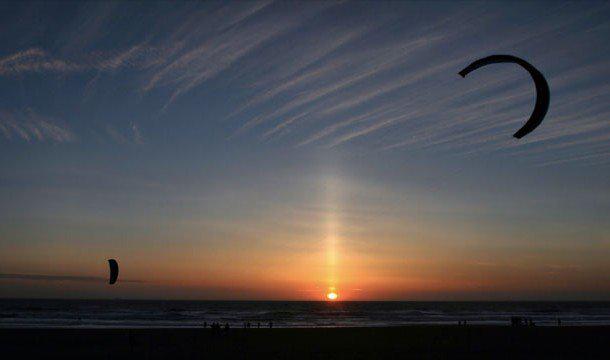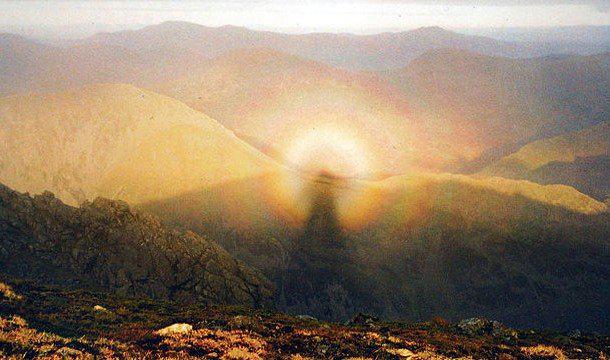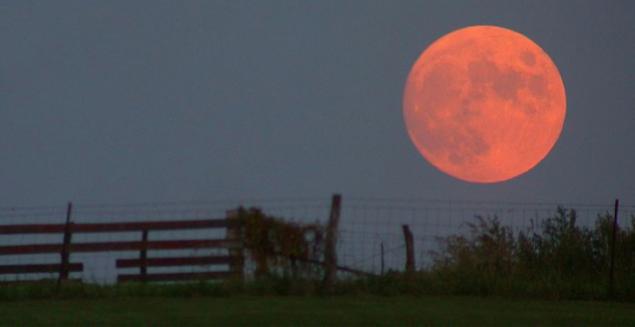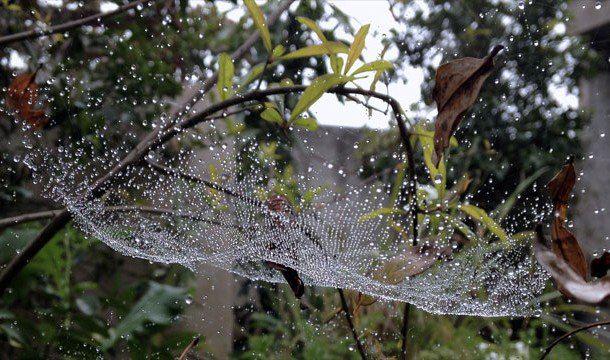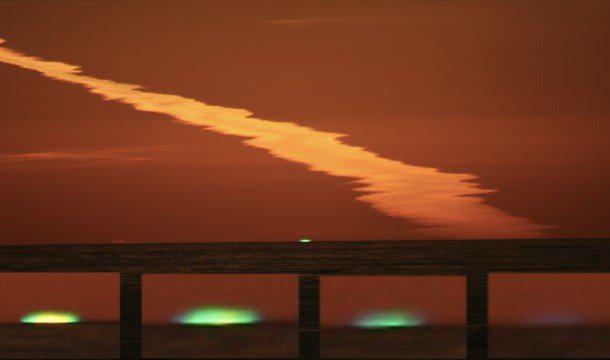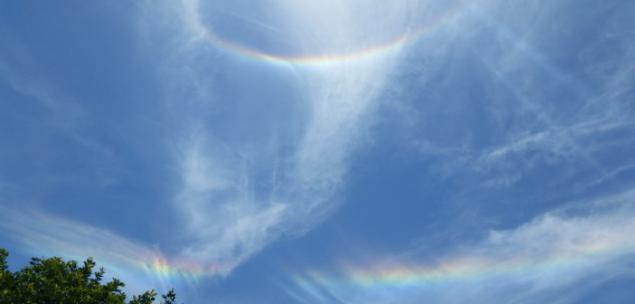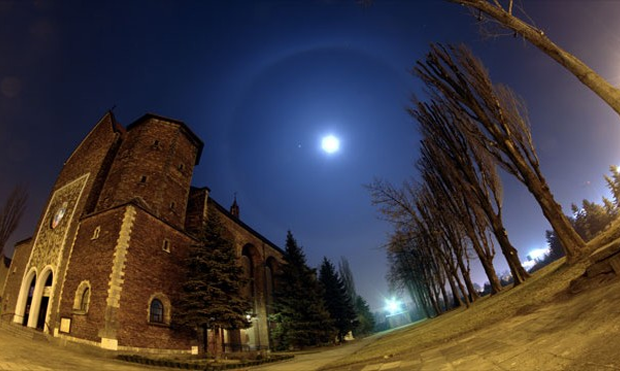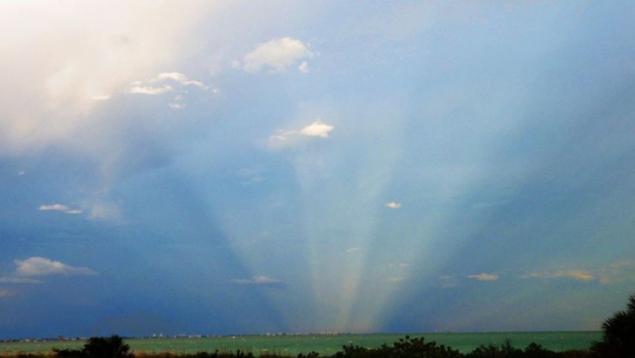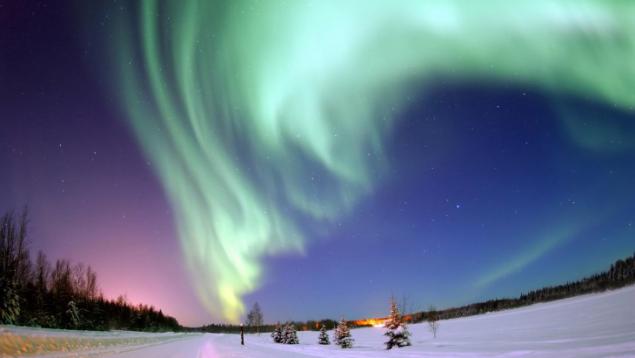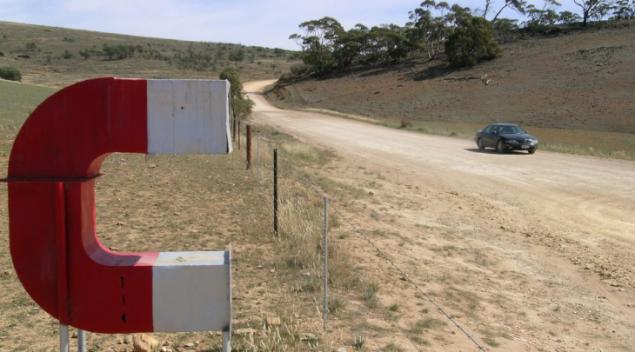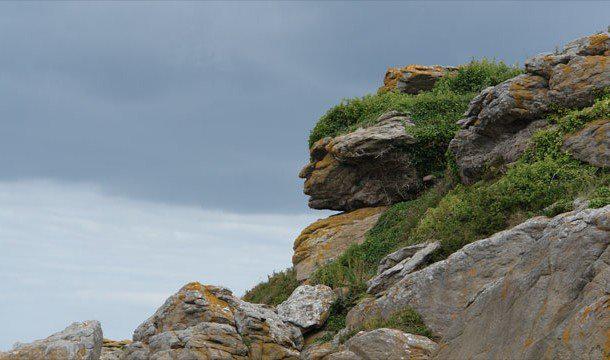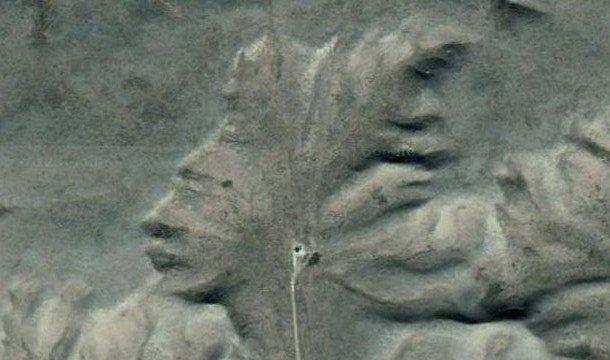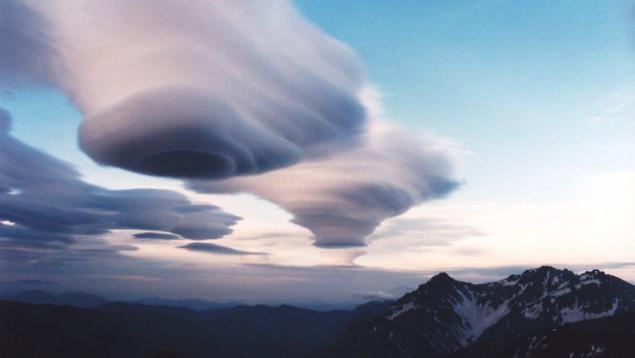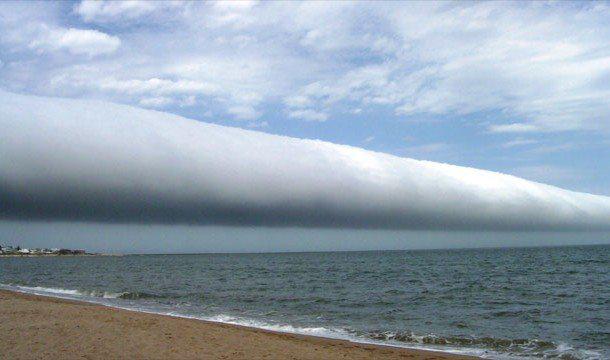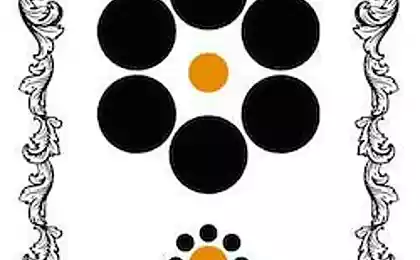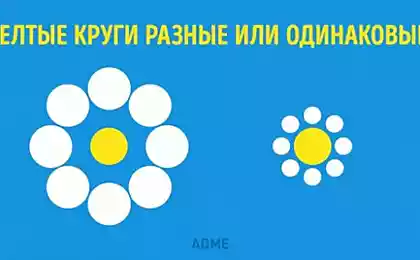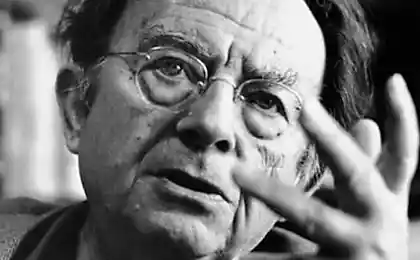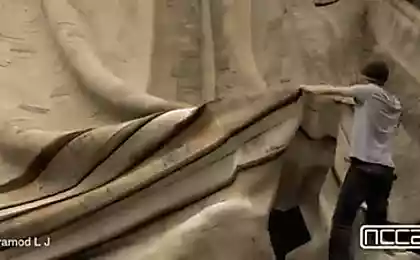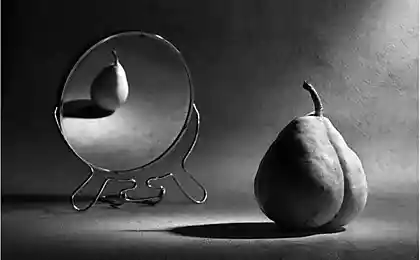1229
25 amazing optical illusions created by nature
Many people like funny pictures, deceiving their visual perception. But did you know that nature also can create optical illusions?
These include dozens of natural phenomena and formations as rare and common. Northern lights, halo, green beam lenticular clouds ... Website describes the 25 optical illusions and phenomena of nature.
Fire Falls "horse's tail» h2> This beautiful and at the same time frightening waterfall is located in the central part of Yosemite National Park. It is called Horsetail Fall (in translation - "horse's tail"). Every year during the February 4-5 days tourists can see a rare phenomenon - the rays of the setting sun reflected in the streams of water.
False Sun h2> When the sun is at a low altitude over the horizon, and in an atmosphere of microscopic ice crystals are present, observers may notice a few specks of light glowing on either side of the sun. These whimsical halo faithfully follow our luminary in the sky, in whatever direction it is not directed.
Fata Morgana h2> There are extremely rare. In fact, the Fata Morgana "consists" of several forms of mirages by which distant objects are distorted and "forked" to the observer.
Light post h2> This optical effect looks like a vertical band of light stretching from the sun at sunset or sunrise. It may be observed when light is reflected from the under surface of tiny ice crystals, the ice-shaped plates or rods with miniature 6-angled cross section.
Brocken Spectre h2> Once the street is thick fog, we can observe an interesting optical phenomenon - the so-called Brocken Spectre. To do this, turn your back to the main light source. The observer can see his own shadow, lying on the fog (or clouds, if you are in the highlands).
Atlantic road h2> Probably in the world there is more scenic highways than Atlantic road in the Norwegian county of Møre og Romsdal. The most amazing thing its place - the bridge Storseisundet Bridge. From a certain angle it may seem that it is not completed, and all the cars, getting up, approaching the precipice and then descend down.
Moon illusion h2> When the full moon leans low over the horizon, it is visually much larger than when it is high in the sky. This phenomenon seriously puzzled thousands of inquiring minds, trying to find him some reasonable explanation. But in fact it is - the usual illusion associated with the peculiarities of our sight.
Shadows of clouds h2> On a sunny day with a high altitude is very interesting to watch the shadows cast by clouds on the surface of our planet. They resemble small island, constantly moving in the ocean. Unfortunately, the ground observers estimate the magnificence of this painting will fail.
Atlas Moth h2> A huge Atlas moth found in the tropical forests of South Asia. This insect - the champion of the surface area of the wings (400 sq. Cm). Atlas moths fly shocking, moving through the air slowly and clumsily. But the unique colors of their wings helps disguise in their natural habitat - thanks to her satin literally blends with the trees.
Dew on the web h2> In the morning or after rain on the silk threads, you can see tiny droplets of water, resembling a necklace. If the web is very thin - the observer can create the illusion that the drops are literally floating in the air.
Green Ray h2> short bursts of green light, watch for a moment before the solar disk above the horizon, or at the time when the sun is hiding behind it, called the green beam. Witness this remarkable phenomenon can be subject to three conditions: the horizon should be open (steppe, tundra, sea, mountains), air - clean, and the area sunset or sunrise - free of clouds.
Okolozenitnaya arc h2> In fact, Okolozenitnaya Arc looks like a rainbow, inverted upside down. For some people it even resembles a huge multi-colored smiley face in the sky. This phenomenon is produced due to the refraction of the sun's rays passing through the clouds hovering in some form ice crystals. Doug focuses parallel to the horizon at its zenith. The top color of the rainbow - blue, lower - red.
Halo h2> Halo - one of the most well-known optical phenomena by observing that a person can see a luminous ring around the high-power light source. During the day there is a halo around the sun, at night - the Moon or other sources, such as street lights. There are many varieties of the halo.
Pink glow of the Sun h2> Pink gleam seen probably every inhabitant of our planet. This is an interesting phenomenon occurs when the sun sets behind the horizon. Then the mountains or other vertical objects (such as blocks of flats) for a short time are painted in pale pink hue.
Twilight rays h2> Twilight rays - one of the manifestations of light and shadow. We are confident that the air crystal clear, and the light rays that pass through it invisible. But in case of atmospheric water droplets tiny dust or particles scattered sunlight. In the air, formed a whitish haze, which we usually do not notice.
Anticrepuscular Rays h2> These rays are observed at sunset on the east side of the sky. They, like the twilight rays fan out, the only difference between them - the location relative to the celestial body.
Northern Lights h2> The sun is very unstable. Sometimes on the surface of powerful explosions occur, after which the side of the Earth at high speed are sent to the smallest particles of solar material (the solar wind). To reach the earth, they need about 30 hours.
GONEPTERYX RHAMNI h2> In the beginning of April, when established stable warm and sunny weather, you can see a nice bright spot, flitting from one flower to another spring. This - Butterfly called GONEPTERYX RHAMNI or gonepteryx. This baby has one of the most perfect "disguise" in the world.
Magnetic Hill h2> In Canada, there is a hill on which there are extraordinary things. Having parked the car near its bottom and in neutral, you will see that the car starts to roll (without any help) upwards, ie towards lifting. No magnetism, no magic here. The whole point of a conventional optical illusion. Due to the peculiarities of the relief slope slightly (about 2, 5 degrees) is perceived by the observer as rise.
Salt Desert h2> Salt deserts are found in all corners of the Earth. People who are in the midst of them, distorted perception of space due to the lack of any reference points.
Indian Head h2> This is a natural rock formation in France clearly illustrates our ability to recognize familiar forms, such as human faces, in the surrounding objects. Interestingly, the visual perception of humans is arranged so that any objects that are similar in outline with those seen us faster than the rest of the visual stimuli.
Badlands Guardian h2> Badlands Guardian - a unique geoformations located near the Canadian city Medisen Hat. When you look at it from a great height it becomes apparent that the terrain forms the outline of the head of the local aboriginal traditional Indian headdress, gazing off to the west. And this Indian More modern headphones and listens.
Lenticular (lenticular) clouds h2> A unique feature of lenticular clouds is that no matter how strong the wind was, they remain motionless. Air flows, careening over the earth's surface, flow around obstacles, thanks to the air waves are formed. At their edges and form lenticular clouds. In its lower part is a continuous process of condensation of water vapor rising from the ground. Therefore, lenticular clouds do not change their position. They just hang in the sky at one point.
Clouds with lightning shaft h2> scolding horror clouds with lightning shaft occur in flat areas quite often. They descend very low to the ground. There is a feeling that if you climb to the roof of the building, you can reach them by hand. And sometimes it may seem that all such clouds come in contact with the ground.
These include dozens of natural phenomena and formations as rare and common. Northern lights, halo, green beam lenticular clouds ... Website describes the 25 optical illusions and phenomena of nature.



